Practice subtracting two-digit numbers with and without regrouping with a fun game of Subtraction Flip It!
Flip It! A 2-Digit Subtraction Game
Are you ready to bring a bit of friendly competition into the classroom? Grab your students and park them in front of a maths game that will put their subtraction skills to the test! Prepare them to go head to head with their classmates to see who can collect the most points in an exciting game of Subtraction Flip It.
Like the dice game Yahtzee, students must try to fill in an equation next to every answer clue on their score sheet. The player who has filled in the most numbers on their score sheet at the end of the game is the winner.
Practise 2-Digit Subtraction in a Snap!
This game allows students to practise subtracting two-digit numbers, including problems with and without regrouping. It is best played within groups of 2-4 students.
How to Play Our Subtraction Game
- Select a version of the game to play (four versions). These are labelled at the top of the scoresheet.
- Place the subtraction cards face down in a pile in the middle of the playing space.
- The first player flips the top card on the stack. They must then try to match the equation on the card with one of the differences on their score sheet. They may write the
- equations next to the difference if they find a match. They may use the ‘Free Number’ space at the bottom of their score sheet if they do not see a match. This space may only be used once throughout the game.
- Once the player has finished their turn, the number card should be returned to the bottom of the pile in preparation for the next player’s turn.
- Players then continue in turn to flip a card. Each player must match their equation with a difference on their score sheet. If they cannot make a match and have already used the ‘Free Number’ space at the bottom of their score sheet, they must forfeit one of the clues by putting an ‘X’ in the number column next to the chosen clue.
- The player who has filled in the most numbers on their score sheet at the end of the game is the winner.
Download and Print Your Maths Game
You’re just a click away from getting your new resources! Use the dropdown arrow on the Download button to select the Editable Google Slides resource file or the quick-print PDF version.
This resource was created by Cassandra Friesen, a Teach Starter Collaborator.
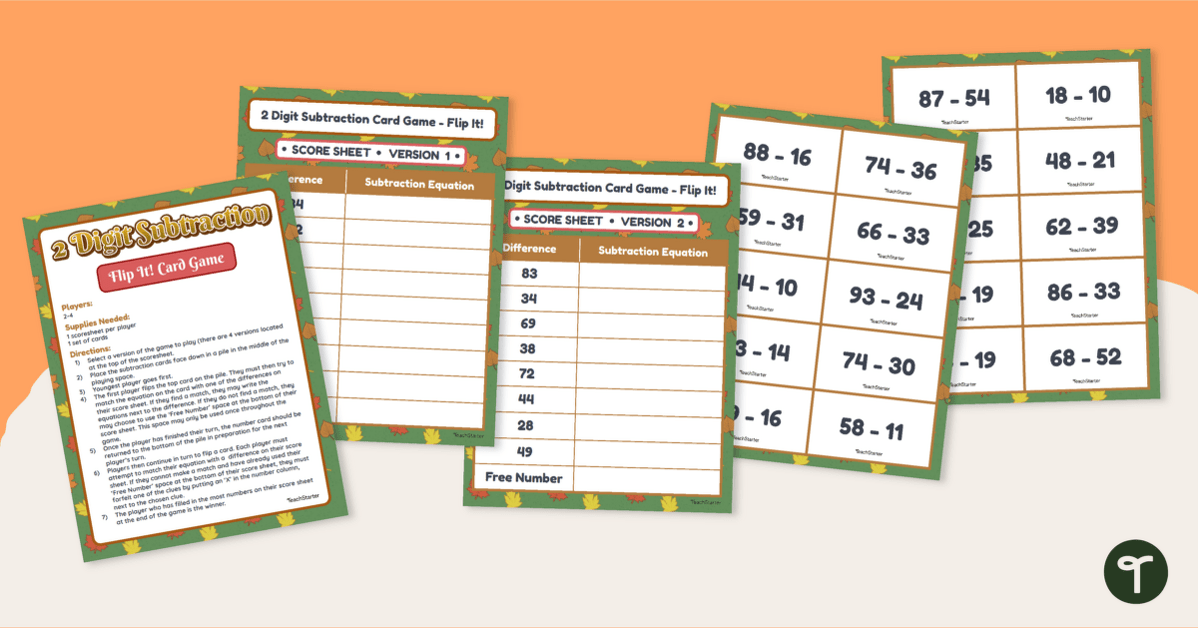

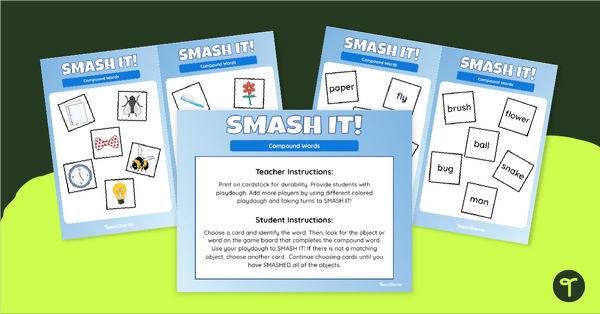
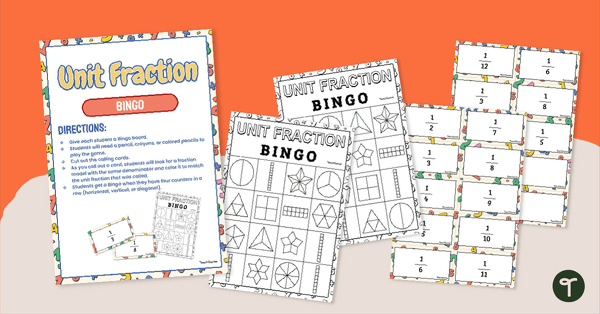
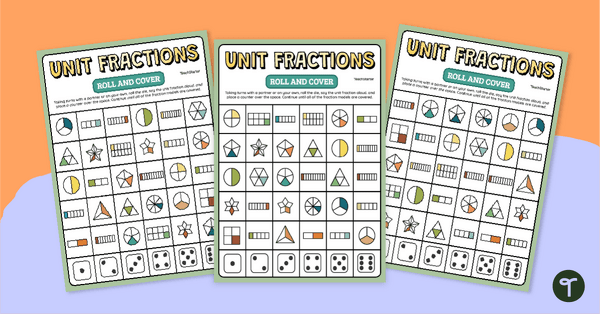
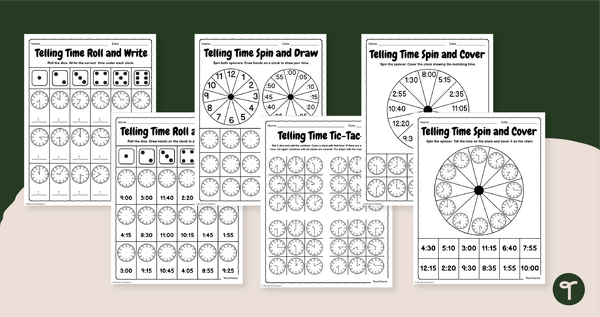
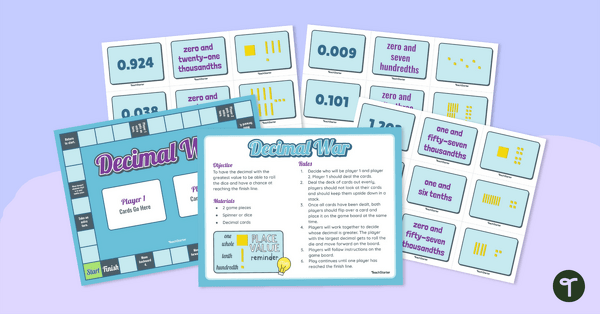
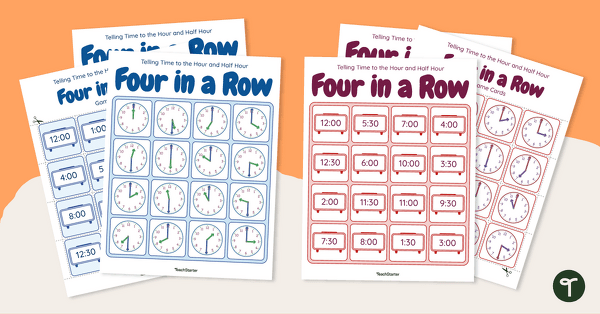
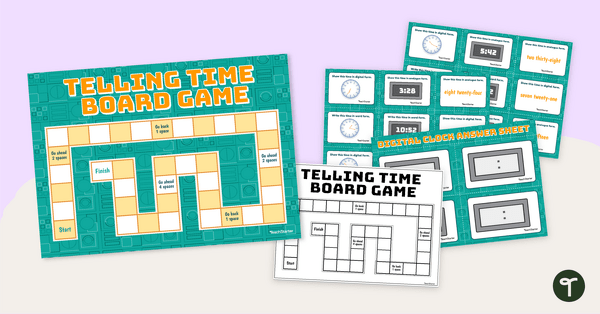
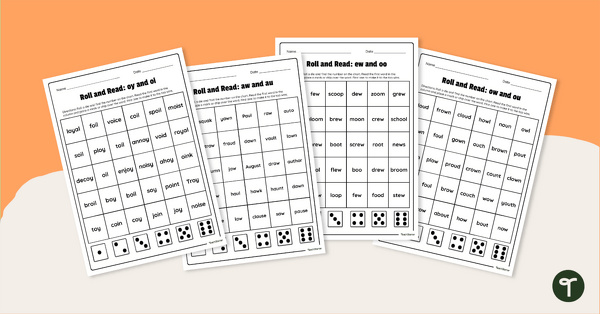
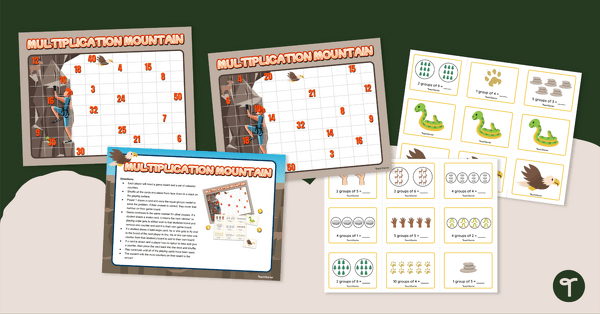
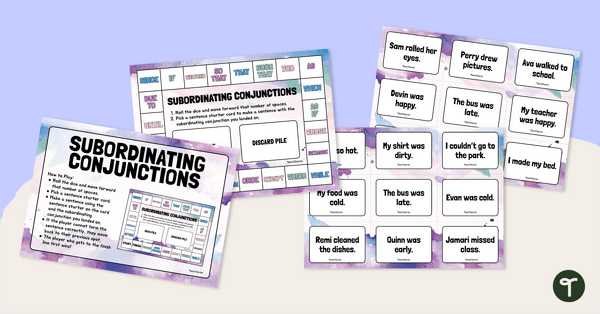
0 Comments
Write a review to help other teachers and parents like yourself. If you'd like to request a change to this resource, or report an error, select the corresponding tab above.